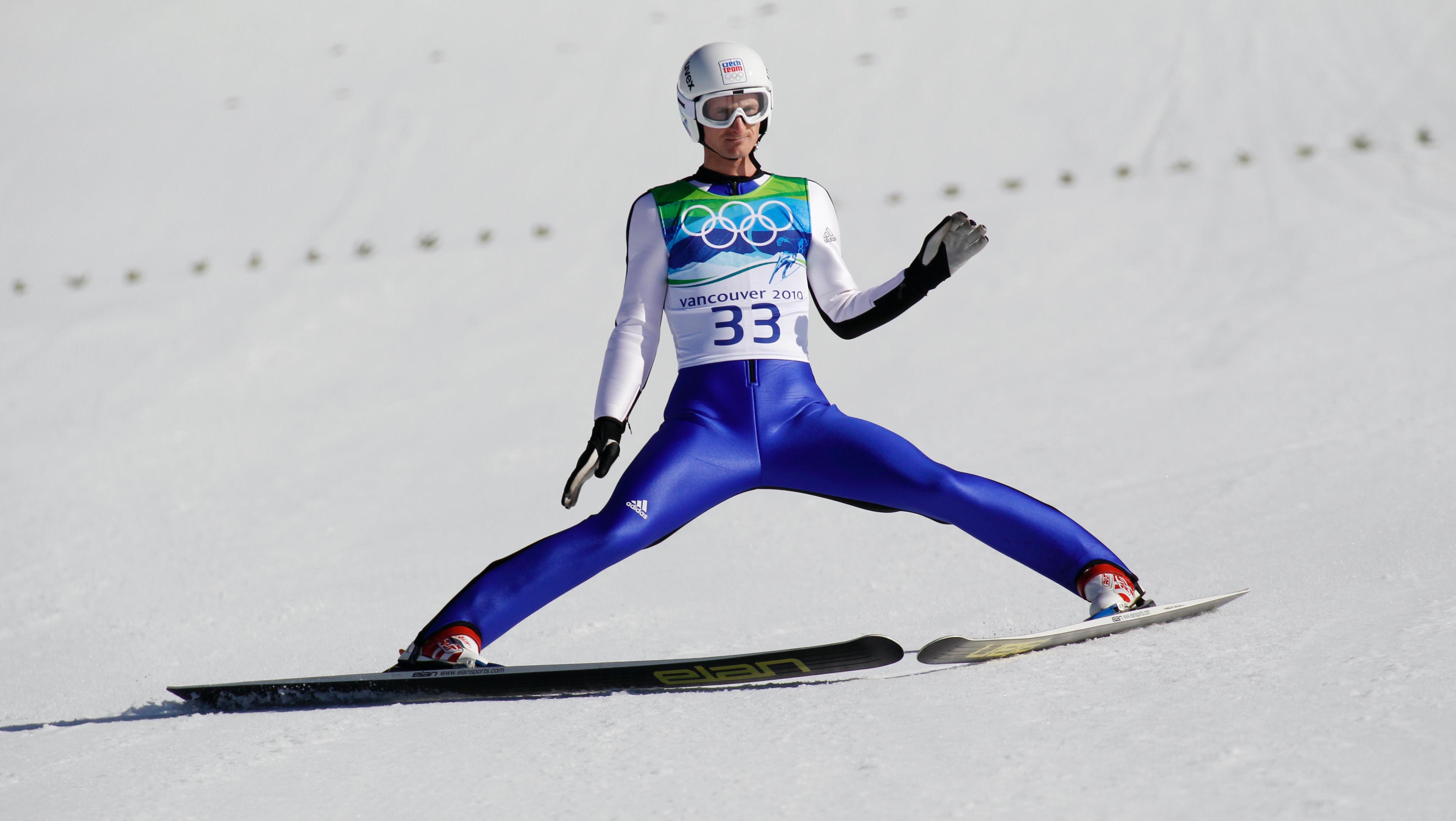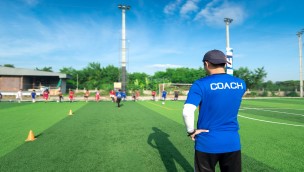Do you know the most common injuries in ski jumping?
Ski jumping is a combination of ski jumping and many hours of dry-land training. This requires both technical skills and core strength of the athlete, and both cute and overuse injuries are common.

Ski jumping athletes are vulnerable to both acute injuries and overuse injuries. Acute injuries often occur from falls after a jump. Typical acute injuries are knee ligament injuries and concussions, which can happen in nordic combined as well. These can be quite serious, and the athlete may have to take a long break from the sport.
A sprained ankle is among the most common injuries in ski jumping, and can occur during off-snow training. Injuries to the head, shoulders, wrists and thumbs are also quite common. When an athlete has been injured once, there is an increased risk of it happening again.
Overuse injuries mostly occur during dry-land training, for instance tibila medial stress syndrom and jumper´s knee. The training involves repetitive jumping movements that can thereby cause these types of overuse injuries.
Ski jumping athletes are also vulnerable to back pain. The level of pain is affected by various factors, such as monotonic training, sleep, rest, general well-being and motivation.
Young athletes have an especially high risk.
Common injuries
- ACL injury
- Concussion
- Back pain
- Jumper's knee
- Medial tibial stress syndrome
- Ankle sprain


